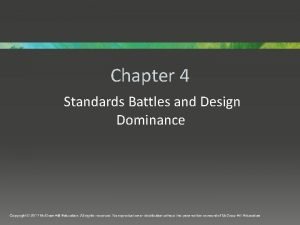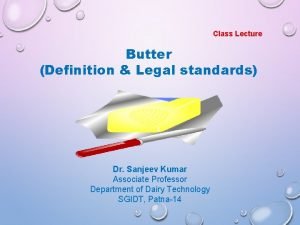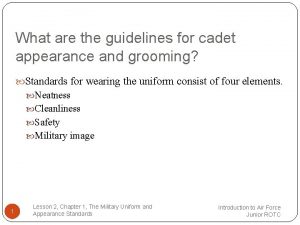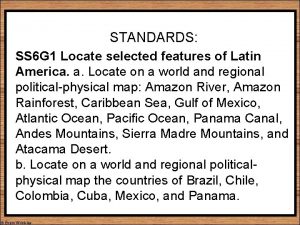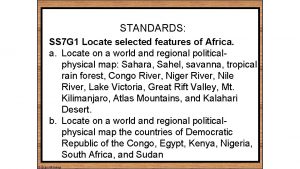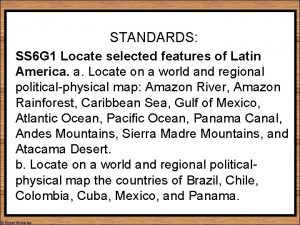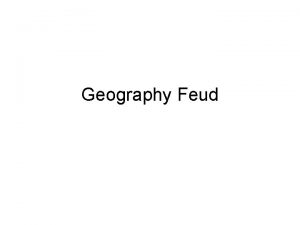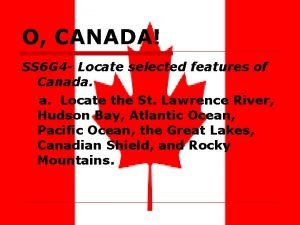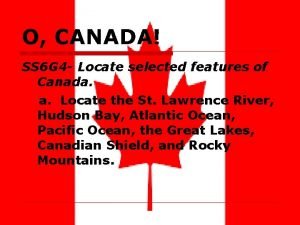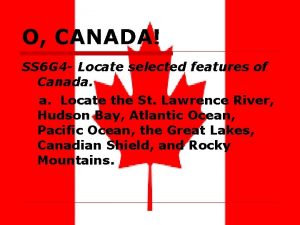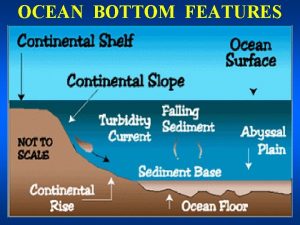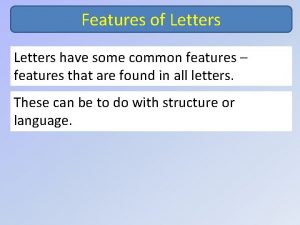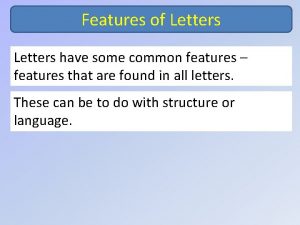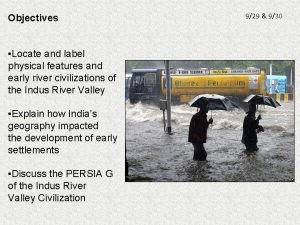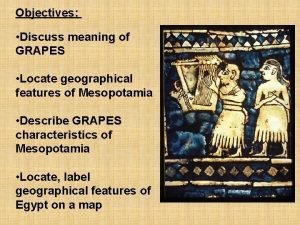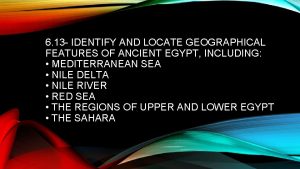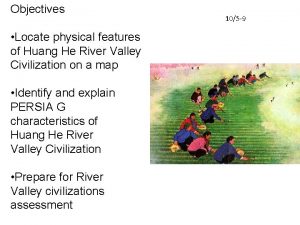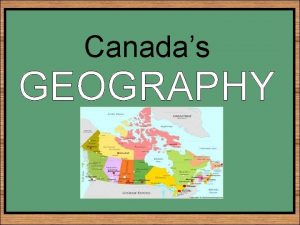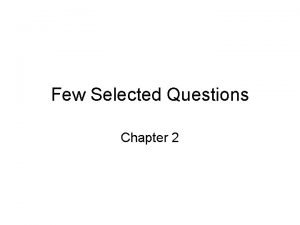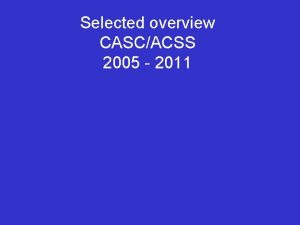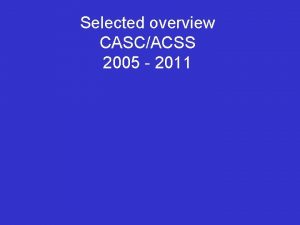STANDARDS SS 6 G 7 Locate selected features




























































- Slides: 60

STANDARDS: SS 6 G 7 Locate selected features of Europe. a. Locate on a world and regional politicalphysical map: the Danube River, Rhine River, English Channel, Mediterranean Sea, European Plain, the Alps, Pyrenees, Ural Mountains, and Iberian Peninsula. b. Locate on a world and regional politicalphysical map the countries of France, Germany, Italy, Russia, Spain, Ukraine, and United Kingdom. © Brain Wrinkles

Europe I. Political Features: Label the following countries on the map: II. Physical Features: Create a map key that includes symbols for: • Mountains • Rivers • Seas • Channels • Peninsulas • Plains • Portugal • Spain • France • Italy • United Kingdom • Ukraine Label the following physical • Russia features: • Germany • Rhine River • Danube River • Alps • Pyrenees Mountains Map Key • Ural Mountains • English Channel • Mediterranean Sea • European Plain Draw the symbol for each feature next to the correct label on the map. Color all symbols! © Brain Wrinkles

Europe I. Political Features: Label the following countries on the map: Russia • Portugal • Spain • France • Ural Mountains • United Kingdom English Channel Italy United Kingdom • Ukraine Label the following physical • Russia features: • Germany • Rhine River Germany • Danube River Ukraine • Alps European Plain France II. Physical Features: Create a map key that includes symbols for: • Mountains • Rivers • Seas • Channels • Peninsulas • Plains • Pyrenees Mountains • Ural Mountains Alps • English Channel • Mediterranean Sea Iberian Portugal Peninsula Pyrenees Spain Mediterranean Sea © Brain Wrinkles Italy • European Plain Map Key Draw the symbol for each feature next to the correct label on the map. Color all symbols!

Europe’s Geography CLOZE Notes 1 Europe • Europe is located in the _____________. • The continent is surrounded by the Arctic Ocean to the north, the _____________ , Africa to the south, and Asia to the east. • Europe (excluding Russia) is smaller than half the size of the US; however, it is home to more than _____________. Geography • Europe is a continent of _____________. • The continent is home to _____________ , snowy mountain ranges, and large peninsulas. • Europe’s most influential physical _____________. • Many rivers extend across Europe’s inland regions and _____________ surround the continent. Rhine River • The Rhine River _____________ in the Alps mountain range. • It _____________ through Germany, France, Luxembourg, and the Netherlands. • It’s the _____________. • The Rhine is an important waterway for _____________ , as well as a major water source for farms and factories. • Manufactured goods are shipped on the Rhine River to the Atlantic Ocean to be shipped _____________. • The Rhine is the _____________ waterway in Europe. Danube River • The Danube River begins in Germany and flows east across _____________ for a total of 1, 770 miles. • It is the _____________ in Europe and is an important shipping route across the continent. • It has played a vital role in the development of central Europe in terms of _____________ diffusion. © Brain Wrinkles

Europe’s Geography CLOZE Notes 2 English Channel • The English Channel is a _____________ that separates the United Kingdom from the European mainland (specifically, from France). • It is _____________ long. • The English Channel is an important _____________. • The Chunnel, an _____________ , was opened under the channel in 1994. Mediterranean Sea • The Mediterranean Sea is the crossroads for _____________ : Europe, Africa, and Asia. • The name means “in the _____________ ” (it’s surrounded by land). • It surrounds Italy and has a _____________. • The Mediterranean Sea covers an area of 965, 000 square miles and is the world’s _____________. • It has been an important _____________ and cultural exchange for thousands of years. The Alps • The Alps are a _____________ located in Austria, France, Germany, Switzerland, Italy, Slovenia, and Liechtenstein. • They extend for almost _____________ ! • The Alps are a major _____________. Pyrenees Mountains • The Pyrenees are a mountain range that form the natural border between _____________. • They extend for roughly _____________. © Brain Wrinkles

Europe’s Geography CLOZE Notes 3 Ural Mountains • The Ural Mountains are considered to be the natural boundary between _____________. • They actually _____________ between the continents: ¼ of Russia is in Europe and ¾ of the country is in Asia. • The Ural Mountains extend for almost _____________ ! • The Ural Mountains are among the _____________ ranges. • They have _____________ , nickel, silver, platinum, coal, iron, and other minerals. Iberian Peninsula • The Iberian Peninsula includes the countries of _____________. • The Pyrenees Mountains form the _____________ and separate the Iberian Peninsula from the rest of European Plain • The European Plain stretches from _____________ in the west to the Ural Mountains in the east. • It extends for _____________. • The European Plain is the _____________ landform in Europe. • The European Plain contains _____________ and is a successful agricultural area. • Some of Europe’s _____________ can be found in this region: Moscow, Paris, and Berlin. © Brain Wrinkles

Europe’s Geography CLOZE Notes 1 Europe • Europe is located in the northern hemisphere. • The continent is surrounded by the Arctic Ocean to the north, the Atlantic Ocean to the west, Africa to the south, and Asia to the east. • Europe (excluding Russia) is smaller than half the size of the US; however, it is home to more than 40 different countries. Geography • Europe is a continent of varying landscapes. • The continent is home to vast plains, snowy mountain ranges, and large peninsulas. • Europe’s most influential physical feature is water. • Many rivers extend across Europe’s inland regions and two major oceans surround the continent. Rhine River • The Rhine River starts in Switzerland in the Alps mountain range. • It flows northwest through Germany, France, Luxembourg, and the Netherlands. • It’s the longest river in Germany. • The Rhine is an important waterway for shipping industries, as well as a major water source for farms and factories. • Manufactured goods are shipped on the Rhine River to the Atlantic Ocean to be shipped around the world. • The Rhine is the most important commercial waterway in Europe. Danube River • The Danube River begins in Germany and flows east across 10 countries for a total of 1, 770 miles. • It is the 2 nd largest river in Europe and is an important shipping route across the continent. • It has played a vital role in the development of central Europe in terms of trade and cultural diffusion. © Brain Wrinkles

Europe’s Geography CLOZE Notes 2 English Channel • The English Channel is a narrow body of water that separates the United Kingdom from the European mainland (specifically, from France). • It is 350 miles long. • The English Channel is an important waterway for trade. • The Chunnel, an underground railway, was opened under the channel in 1994. Mediterranean Sea • The Mediterranean Sea is the crossroads for three continents: Europe, Africa, and Asia. • The name means “in the middle of the earth” (it’s surrounded by land). • It surrounds Italy and has a dry, warm climate. • The Mediterranean Sea covers an area of 965, 000 square miles and is the world’s largest inland sea. • It has been an important center for trade and cultural exchange for thousands of years. The Alps • The Alps are a mountain range located in Austria, France, Germany, Switzerland, Italy, Slovenia, and Liechtenstein. • They extend for almost 700 miles! • The Alps are a major tourist destination. Pyrenees Mountains • The Pyrenees are a mountain range that form the natural border between France and Spain. • They extend for roughly 270 miles. © Brain Wrinkles

Europe’s Geography CLOZE Notes 3 Ural Mountains • The Ural Mountains are considered to be the natural boundary between Europe and Asia. • They actually divide Russia between the continents: ¼ of Russia is in Europe and ¾ of the country is in Asia. • The Ural Mountains extend for almost 1, 500 miles! • The Ural Mountains are among the world’s oldest mountain ranges. • They have huge deposits of gold, nickel, silver, platinum, coal, iron, and other minerals. Iberian Peninsula • The Iberian Peninsula includes the countries of Spain and Portugal. • The Pyrenees Mountains form the northern border and separate the Iberian Peninsula from the rest of European Plain • The European Plain stretches from France’s Atlantic coast in the west to the Ural Mountains in the east. • It extends for 2, 000 miles. • The European Plain is the largest mountain-free landform in Europe. • The European Plain contains rich farmland is a successful agricultural area. • Some of Europe’s largest cities can be found in this region: Moscow, Paris, and Berlin. © Brain Wrinkles

Europe’s Geography © Brain Wrinkles

Europe • Europe is located in the northern hemisphere. • The continent is surrounded by the Arctic Ocean to the north, the Atlantic Ocean to the west, Africa to the south, and Asia to the east. • Europe (excluding Russia) is smaller than half the size of the US; however, it is home to more than 40 different countries. © Brain Wrinkles

© Brain Wrinkles

Geography • Europe is a continent of varying landscapes. • The continent is home to vast plains, snowy mountain ranges, and large peninsulas. • Europe’s most influential physical feature is water. • Many rivers extend across Europe’s inland regions and two major oceans © Brain Wrinkles

© Brain Wrinkles

Rhine River • The Rhine River starts in Switzerland in the Alps mountain range. • It flows northwest through Germany, France, Luxembourg, and the Netherlands. • It’s the longest river in Germany. © Brain Wrinkles

© Brain Wrinkles

Rhine River • The Rhine River is an important waterway for shipping industries, as well as a major water source for farms and factories. • Manufactured goods are shipped on the Rhine River to the Atlantic Ocean to be shipped around the world. • The Rhine is the most important commercial waterway in Europe. © Brain Wrinkles

© Brain Wrinkles

© Brain Wrinkles

Danube River • The Danube River begins in Germany and flows east across 10 countries for a total of 1, 770 miles. • It is the 2 nd largest river in Europe and is an important shipping route across the continent. • It has played a vital role in the development of central Europe in terms of trade and cultural diffusion. © Brain Wrinkles

© Brain Wrinkles

© Brain Wrinkles

© Brain Wrinkles

English Channel • The English Channel is a narrow body of water that separates the United Kingdom from the European mainland (specifically, from France). • It is 350 miles long. © Brain Wrinkles

© Brain Wrinkles

© Brain Wrinkles

English Channel • The English Channel is an important waterway for trade. • The Chunnel, an underground railway, was opened under the channel in 1994. © Brain Wrinkles

© Brain Wrinkles

Mediterranean Sea • The Mediterranean Sea is the crossroads for three continents: Europe, Africa, and Asia. • The name means “in the middle of the earth” (it’s surrounded by land). • It surrounds Italy and has a dry, warm climate. © Brain Wrinkles

© Brain Wrinkles

© Brain Wrinkles

Mediterranean Sea • The Mediterranean Sea covers an area of 965, 000 square miles and is the world’s largest inland sea. • It has been an important center for trade and cultural exchange for thousands of years. © Brain Wrinkles

© Brain Wrinkles

The Alps • The Alps are a mountain range located in Austria, France, Germany, Switzerland, Italy, Slovenia, and Liechtenstein. • They extend for almost 700 miles! • The Alps are a major tourist destination. © Brain Wrinkles

© Brain Wrinkles

© Brain Wrinkles

© Brain Wrinkles

Pyrenees Mountains • The Pyrenees are a mountain range that form the natural border between France and Spain. • They extend for roughly 270 miles. © Brain Wrinkles

© Brain Wrinkles

© Brain Wrinkles

Ural Mountains • The Ural Mountains are considered to be the natural boundary between Europe and Asia. • They actually divide Russia between the continents: ¼ of Russia is in Europe and ¾ of the country is in Asia. • The Ural Mountains extend for almost 1, 500 miles! © Brain Wrinkles

© Brain Wrinkles

© Brain Wrinkles

Ural Mountains • The Ural Mountains are among the world’s oldest mountain ranges. • They have huge deposits of gold, nickel, silver, platinum, coal, iron, and other minerals. © Brain Wrinkles

© Brain Wrinkles

Iberian Peninsula • The Iberian Peninsula includes the countries of Spain and Portugal. • The Pyrenees Mountains form the northern border and separate the Iberian Peninsula from the rest of Europe. © Brain Wrinkles

© Brain Wrinkles

© Brain Wrinkles

European Plain • The European Plain stretches from France’s Atlantic coast in the west to the Ural Mountains in the east. • It extends for 2, 000 miles. • The European Plain is the largest mountain-free landform in Europe. © Brain Wrinkles

n a e p o r Eu © Brain Wrinkles n i a l P

European Plain • The European Plain contains rich farmland is a successful agricultural area. • Some of Europe’s largest cities can be found in this region: Moscow, Paris, and Berlin. © Brain Wrinkles

© Brain Wrinkles

Europe’s Physical Features What: Danube River Directions: Complete the chart below with information that you learn during the presentation. If time allows, color your illustrations. What: Where: Rhine River Where: Illustration: Mediterranean Sea Illustration: What: Where: English Channel Where: Illustration: What: Where: What: Pyrenees Mountains Where: Illustration: The Alps Illustration: © Brain Wrinkles

Europe’s Physical Features What: Iberian Peninsula Directions: Complete the chart below with information that you learn during the presentation. If time allows, color your illustrations. What: Where: Ural Mountains Where: Illustration: European Plain Illustration: What: Where: Illustration: © Brain Wrinkles

Europe’s Physical Features Illustration: Will vary Where: Form natural border between France and Spain Pyrenees Mountains What: Mountain range that extends for roughly 270 miles Illustration: Will vary Where: 12 countries in Europe – Germany, Austria, Slovakia, Hungary, Serbia, Croatia, Bosnia and Herzegovina, Slovenia, Bulgaria, Romania, and Ukraine What: 2 nd largest river in Europe; 1770 miles long; vital role in development of central Europe because it’s important for trade Danube River Directions: Complete the chart below with information that you learn during the presentation. If time allows, color your illustrations. Rhine River What: Longest river in Germany; important waterway for trade Where: Starts in Switzerland flows through Germany, France, Luxembourg, & Netherlands Illustration: Will vary The Alps What: Mountain range that extends for almost 700 miles; tourist destination in Europe Where: Austria, France, Switzerland, Germany, Italy, Slovenia, & Liechtenstein Illustration: Will vary Ural Mountains English Channel What: Small body of water – 350 miles long; important for trade and travel France What: Extend for almost 1500 miles; huge deposits of natural resources (minerals) Where: Natural boundary between Europe & Asia; located in Russia Illustration: Will vary Where: Between 2 continents – Europe, Africa, and Asia; surrounds Italy What: Sea that is 965, 000 square miles; important route for trade and cultural exchange Mediterranean Sea Where: Between UK and Illustration: Will vary Iberian Peninsula What: 2 nd largest peninsula in Europe; Pyrenees form northern border Where: Spain and Portugal Illustration: Will vary © Brain Wrinkles

Europe’s Physical Features Directions: Complete the chart below with information that you learn during the presentation. If time allows, color your illustrations. European Plain What: Extends 2000 miles; largest mountain-free landform in Europe; good agricultural area Where: Stretches from Pyrenees to Ural Mountains Illustration: Will vary © Brain Wrinkles

POSTCARD Front: Draw a colorful illustration of one of the physical features that we have studied. Include a short greeting (title). Back: Write a note to your family as if you have visited some of the features that we have studied in Europe. (Include descriptions for at least 3 of the features. ) Don’t forget to draw & color the stamp! *Cut out your postcard, fold along the dotted line, & tape the sides together. © Brain Wrinkles

Roll A Six! • You will work with a partner, with only 1 pencil to share. • When I say “Go”, one person will begin labeling the map as fast as you can. • The other person should start rolling the dice. As soon as you roll a 6, you take the pencil and begin labeling your map. Your partner should start rolling the dice now. • This is a race to see who can complete the map first, but the catch is you can only label your map if you roll a 6! © Brain Wrinkles

• • • • English Channel Danube River Rhine River Mediterranean Sea European Plain Alps Iberian Peninsula Pyrenees Ural Mountains Germany Spain France Ukraine Russia UK Italy

Europe’s Geography Comprehension Check 1. What is the natural border between France and Spain? 2. What body of water lies between Europe, Asia, and Africa? 3. What island country lies north of France? 4. Which mountain range separates Europe from Asia? 5. Which major river touches 10 European countries before it empties into the Black Sea? 6. What is the largest country in Europe? 7. What region of flat farmland stretches across the northern part of Europe? 8. If you were traveling from Portugal to France, through which country would you travel? 9. What body of water separates the United Kingdom from France? 10. Which mountain range stretches across the top of Italy? 11. Spain and Portugal are located on which major landform? 12. What is the most important commercial waterway in Europe? © Brain Wrinkles
 Hard customer defined standards
Hard customer defined standards Playstation | congratulations, you've been selected!
Playstation | congratulations, you've been selected! 8255 parallel communication interface
8255 parallel communication interface Example of r selected species
Example of r selected species Ionic compounds
Ionic compounds Subject verb agreement exercise
Subject verb agreement exercise Group studied is smaller and not randomly selected
Group studied is smaller and not randomly selected Three randomly selected households are surveyed 2 6 7
Three randomly selected households are surveyed 2 6 7 Allergy therapy makes bees go away
Allergy therapy makes bees go away Characteristics of research methodology
Characteristics of research methodology Conditional distribution
Conditional distribution Tool to delete selected sprite
Tool to delete selected sprite Vba combobox selected item
Vba combobox selected item K selected
K selected Removes selected text and places it on the clipboard
Removes selected text and places it on the clipboard Gwen nuttall
Gwen nuttall K selected species survivorship curve
K selected species survivorship curve Selected response tasks
Selected response tasks K selected species survivorship curve
K selected species survivorship curve R-selected species
R-selected species Buffalo county sd population pyramid
Buffalo county sd population pyramid Dreamweaver php extensions
Dreamweaver php extensions Selected response questions
Selected response questions Greece map with labels
Greece map with labels It holds the fabric against the feed dog
It holds the fabric against the feed dog The cask of amontillado reading
The cask of amontillado reading Succeed noun adjective adverb
Succeed noun adjective adverb Swiss canal on world map
Swiss canal on world map Sentence for locate
Sentence for locate Allows users to categorize and locate information
Allows users to categorize and locate information Where is constantinople located
Where is constantinople located A good thesis
A good thesis Read carefully synonym
Read carefully synonym Label the niger and senegal rivers
Label the niger and senegal rivers 811 locate request
811 locate request Locate the centroid of the plane area shown.
Locate the centroid of the plane area shown. Oral temperature range
Oral temperature range![[bwa_aln] fail to locate the index [bwa_aln] fail to locate the index](data:image/svg+xml,%3Csvg%20xmlns=%22http://www.w3.org/2000/svg%22%20viewBox=%220%200%20200%20200%22%3E%3C/svg%3E) [bwa_aln] fail to locate the index
[bwa_aln] fail to locate the index Understanding your health and wellness chapter 1
Understanding your health and wellness chapter 1 The ability to locate interpret and apply information
The ability to locate interpret and apply information Nutrition tools standards and guidelines
Nutrition tools standards and guidelines Next generation science standards california
Next generation science standards california Prehospital emergency care 10th edition
Prehospital emergency care 10th edition Sae environmental standards compliance
Sae environmental standards compliance Csm ra
Csm ra Standards battles and design dominance
Standards battles and design dominance Pa writing standards
Pa writing standards National 5 pe portfolio marking instructions
National 5 pe portfolio marking instructions Common core state standards missouri
Common core state standards missouri Sqa advanced higher english understanding standards
Sqa advanced higher english understanding standards Lsa standards
Lsa standards 5th grade writing standards georgia
5th grade writing standards georgia Canadian standards of practice for case management
Canadian standards of practice for case management Principles and standards for school mathematics
Principles and standards for school mathematics Fssai standards for butter
Fssai standards for butter Oaaa standards
Oaaa standards Kansas english standards
Kansas english standards Texas education data standards
Texas education data standards Isometric exercise strengthens muscles without __________.
Isometric exercise strengthens muscles without __________. Virginia kindergarten standards
Virginia kindergarten standards Cadet appearance and grooming standards
Cadet appearance and grooming standards







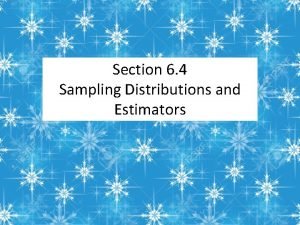






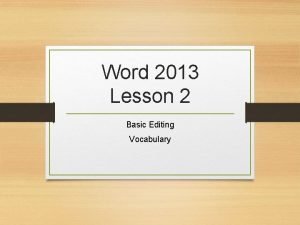



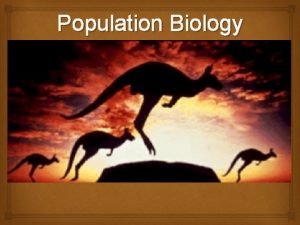
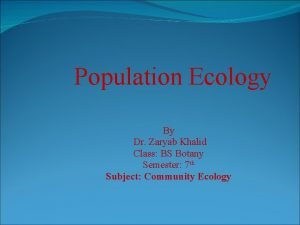



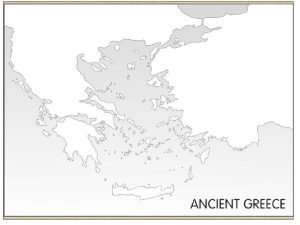

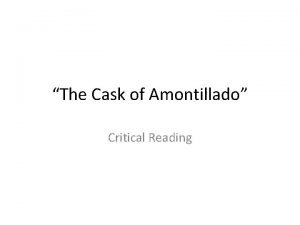

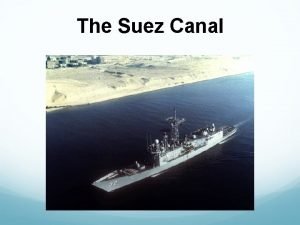
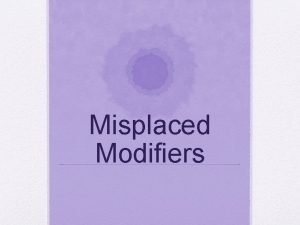

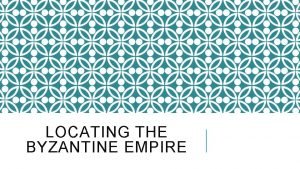

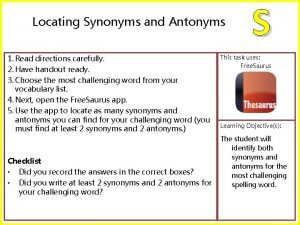


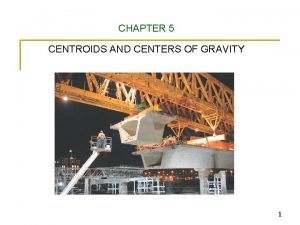
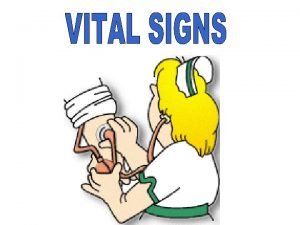
![[bwa_aln] fail to locate the index [bwa_aln] fail to locate the index](https://slidetodoc.com/wp-content/uploads/2020/12/3295376_b0e5b7208bf954ad4902201a58b29fbc-300x225.jpg)







